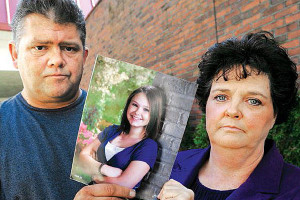What does it mean to live a fulfilling life? What are the predictors of happiness?
Harvard study called the “Harvard Grant Study” undertook these questions, and much more, in their study of 268 male Harvard undergraduates over the course of 75 years.
What did they learn?
1) Love is really all that matters
2) It’s above more than money and power
3) Regardless of how we begin life, we can all become happier
4) Connection is crucial
5) Challenges and the perspective they give you can make you happier
View the video below to learn more:
Visit NBCNews.com for breaking news, world news, and news about the economy
 Can the face of determination really be a subconscious call for help?
Can the face of determination really be a subconscious call for help?